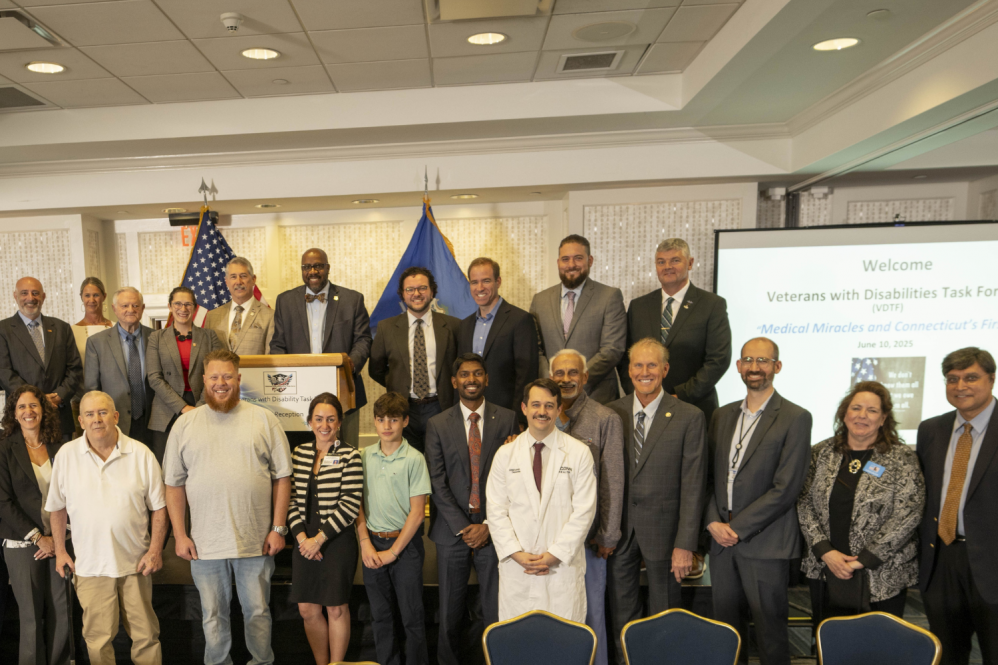Lassa fever death toll hits 143 as Nigeria records new infections
The Nigeria Centre for Disease Control (NCDC) has confirmed 11 new cases of Lassa fever, bringing the total number of deaths from the disease this year to 143.
According to the agency’s latest situation report, the new cases were recorded in week 23 of 2025 in Ondo, Edo, Bauchi, and Taraba states. One healthcare worker was also infected during the same period.
The NCDC noted that the current case fatality rate (CFR) stands at 18.9 per cent, up from 17.8 per cent recorded during the same period in 2024. “This year’s CFR is concerning as it indicates a higher fatality rate among confirmed cases compared to previous years,” the agency said.
So far, confirmed cases have been reported in 18 states across 96 local government areas. Ondo State accounts for 31 per cent of all reported cases, while Ondo, Bauchi, Edo, Taraba, and Ebonyi together make up 90 per cent of the total. The most affected demographic is individuals aged 21 to 30 years, with a male-to-female ratio of 1 to 0.8.
To manage the outbreak, the NCDC said it has activated a multi-partner Incident Management System. “Efforts include enhanced surveillance, clinician training in hotspot LGAs, and the integration of Lassa fever risk communication into broader public health strategies,” the agency said.
Director-General of the NCDC, Dr. Jide Idris, pointed to delays in seeking medical help as a major factor contributing to the rising death toll.
“Late presentation remains a significant challenge, contributing to the high CFR. We urge Nigerians to seek medical attention promptly if symptoms develop,” he said.
The NCDC is distributing personal protective equipment, Ribavirin, and hygiene supplies to affected states and treatment centres. Healthcare workers have also received training in case management in Bauchi, Ebonyi, and Benue States, supported by the World Health Organization.
Despite these interventions, the NCDC identified persistent obstacles such as poor health-seeking behaviour, inadequate sanitation, and limited public awareness in high-risk communities. “The cost of treatment and limited access to healthcare remain barriers for many patients,” Idris said.
The agency continues to work with local and international partners on public education, healthcare worker training, and strengthening disease surveillance and prevention systems. The public has been advised to avoid contact with rodents, maintain hygiene, and seek immediate care if symptoms occur.









:max_bytes(150000):strip_icc()/VWH-GettyImages-1350838471-31b46dbe73d34745abfedcf27684fb47.jpg)
